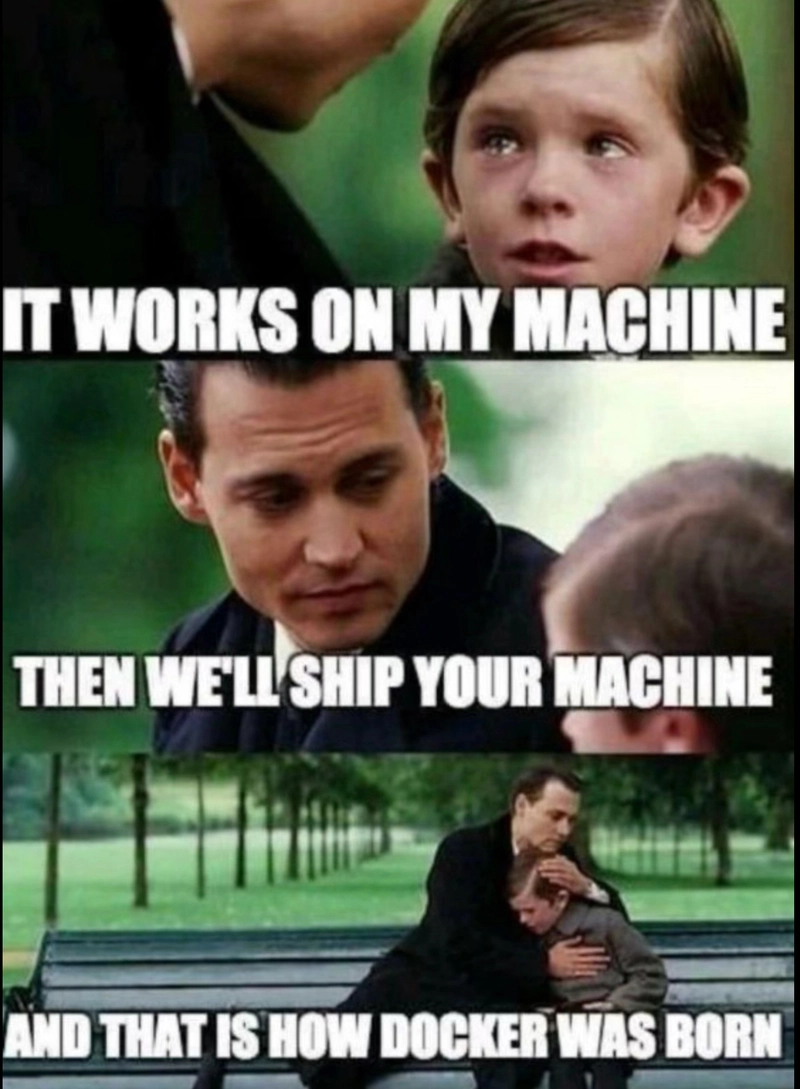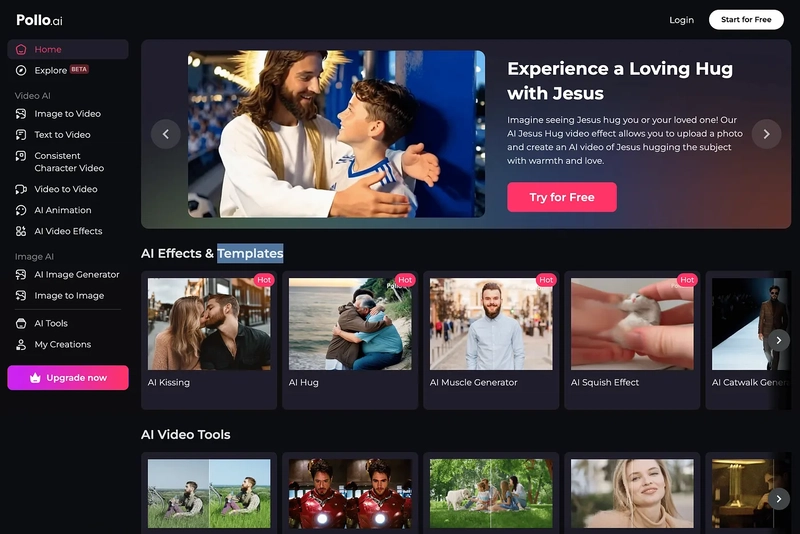Code a full stack Instagram Clone with Maravel and MongoDB
Are you ready to transform your web development skills by building a complex, real-world application? We just posted a course on the freeCodeCamp.org YouTube channel that will teach you how to use Laravel and MongoDB to create a full stack Instagram ...

Are you ready to transform your web development skills by building a complex, real-world application? We just posted a course on the freeCodeCamp.org YouTube channel that will teach you how to use Laravel and MongoDB to create a full stack Instagram clone.
I created this course myself. I’ll teach you how to code a feature-rich Instagram clone from the ground up, leveraging the power of the Laravel framework and the flexibility of the MongoDB database.
Why Build an Instagram Clone?
Building a clone of a popular application like Instagram forces you to tackle real-world challenges: managing user accounts, handling media uploads, implementing social interactions like likes and comments, and structuring data efficiently. Completing such a project demonstrates a strong grasp of full-stack development principles and provides tangible proof of your abilities to potential employers or clients.
The Tech Stack
This tutorial pairs Laravel, a leading PHP framework, with MongoDB, a popular NoSQL database. This combination forms a very versatile technology stack for modern web development. It offers exceptional flexibility, scalability, and developer experience.
Laravel: Laravel provides a robust structure for building web applications. It follows the Model-View-Controller (MVC) architectural pattern, promoting clean, organized, and maintainable code. Laravel significantly simplifies common web development tasks such as routing (directing web requests), authentication (handling user login and registration), and interacting with databases through its powerful Object-Relational Mapper (ORM), Eloquent.
MongoDB: Unlike traditional SQL databases that use tables and predefined schemas, MongoDB is a document database. It stores data in flexible, JSON-like documents, making it incredibly adaptable. This is ideal for applications where data structures might evolve over time. MongoDB's schema-less nature allows you to easily add new fields (like adding a 'username' or 'bio' to a user profile after initial creation, as demonstrated in the tutorial) without complex database migrations.
Combining Laravel's structured development approach with MongoDB's flexible data storage provides the best of both worlds, especially for applications like an Instagram clone that manage diverse content types (profiles, posts, images, comments, likes) and their intricate relationships.
Key Concepts and Features
Throughout the tutorial, you will gain hands-on experience with:
Full-Stack Integration: Learn how the frontend (what the user sees and interacts with) and the backend (server-side logic and database) work together seamlessly.
Laravel Fundamentals: Master core Laravel concepts including the MVC pattern, defining routes (
web.php), creating controllers to handle logic, building Eloquent models to interact with the database, and crafting user interfaces with the Blade templating engine.MongoDB with Laravel: Discover how to configure Laravel to work with MongoDB, install necessary drivers and packages (like
mongodb/laravel-mongodb), and utilize Eloquent models specifically adapted for MongoDB collections and documents. You'll learn how relationships (like a user having many posts, or a post having many comments) are handled in a NoSQL context within Laravel.User Authentication & Profiles: Implement secure user registration and login functionality using Laravel's built-in features. Build user profiles, allowing users to update their information (name, username, bio) and upload profile pictures.
Core Social Features: Develop the essential functionalities of a social platform: creating posts with images and captions, displaying a feed of posts, implementing a like/unlike system, and adding/deleting comments on posts.
Image Handling: Learn how to manage file uploads, specifically storing user-uploaded images (for posts and profiles) using Laravel's file storage system, initially locally and understanding how to potentially extend this to cloud storage like AWS S3.
Database Management with MongoDB Atlas: Go beyond local development by learning how to set up a free cloud database cluster on MongoDB Atlas, configure security (users and network access), and connect your Laravel application to this cloud database – a crucial skill for deploying real-world applications.
Frontend Styling: Utilize Bootstrap 5 (via CDN) to style the application, creating a clean and responsive user interface that mimics the look and feel of Instagram.
Prerequisites
To get the most out of this tutorial, you should have a foundational understanding of:
PHP basics
Web fundamentals (HTML, CSS, basic JavaScript, HTTP concepts)
Command-line usage
You'll also need PHP, Composer (PHP package manager), and MongoDB installed on your local machine. The tutorial briefly covers installation pointers for different operating systems.
Ready to build your own Instagram clone and significantly boost your web development expertise? Watch the full course on the freeCodeCamp.org YouTube channel (1-hour watch).













































































































































































![[The AI Show Episode 142]: ChatGPT’s New Image Generator, Studio Ghibli Craze and Backlash, Gemini 2.5, OpenAI Academy, 4o Updates, Vibe Marketing & xAI Acquires X](https://www.marketingaiinstitute.com/hubfs/ep%20142%20cover.png)































































































































![[DEALS] Microsoft Office Professional 2021 for Windows: Lifetime License (75% off) & Other Deals Up To 98% Off – Offers End Soon!](https://www.javacodegeeks.com/wp-content/uploads/2012/12/jcg-logo.jpg)












































































































































_Anthony_Brown_Alamy.jpg?#)
_Hanna_Kuprevich_Alamy.jpg?#)




.png?#)

























































































![Hands-on: We got to play Nintendo Switch 2 for nearly six hours yesterday [Video]](https://i0.wp.com/9to5toys.com/wp-content/uploads/sites/5/2025/04/Switch-FI-.jpg.jpg?resize=1200%2C628&ssl=1)
![Fitbit redesigns Water stats and logging on Android, iOS [U]](https://i0.wp.com/9to5google.com/wp-content/uploads/sites/4/2023/03/fitbit-logo-2.jpg?resize=1200%2C628&quality=82&strip=all&ssl=1)














![YouTube Announces New Creation Tools for Shorts [Video]](https://www.iclarified.com/images/news/96923/96923/96923-640.jpg)

![Apple Faces New Tariffs but Has Options to Soften the Blow [Kuo]](https://www.iclarified.com/images/news/96921/96921/96921-640.jpg)




































































































































